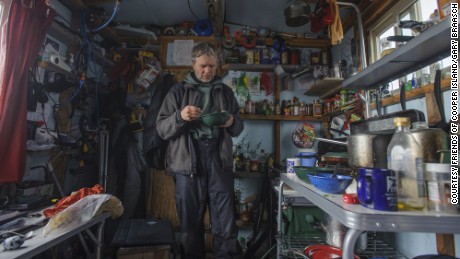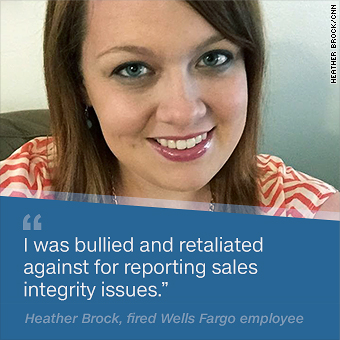May be some sort of relief rally once queen Hillary wins than comes the doom and gloom .. At which point she and her status quo protectors can roll out all the various things that will be unleashed as the net crises unfolds.. "Never let a good crisis go to waste"..
they last thing "they" want is a potential loose cannon that may not play by the rules in the big house when the doom and gloom begins..
they last thing "they" want is a potential loose cannon that may not play by the rules in the big house when the doom and gloom begins..














